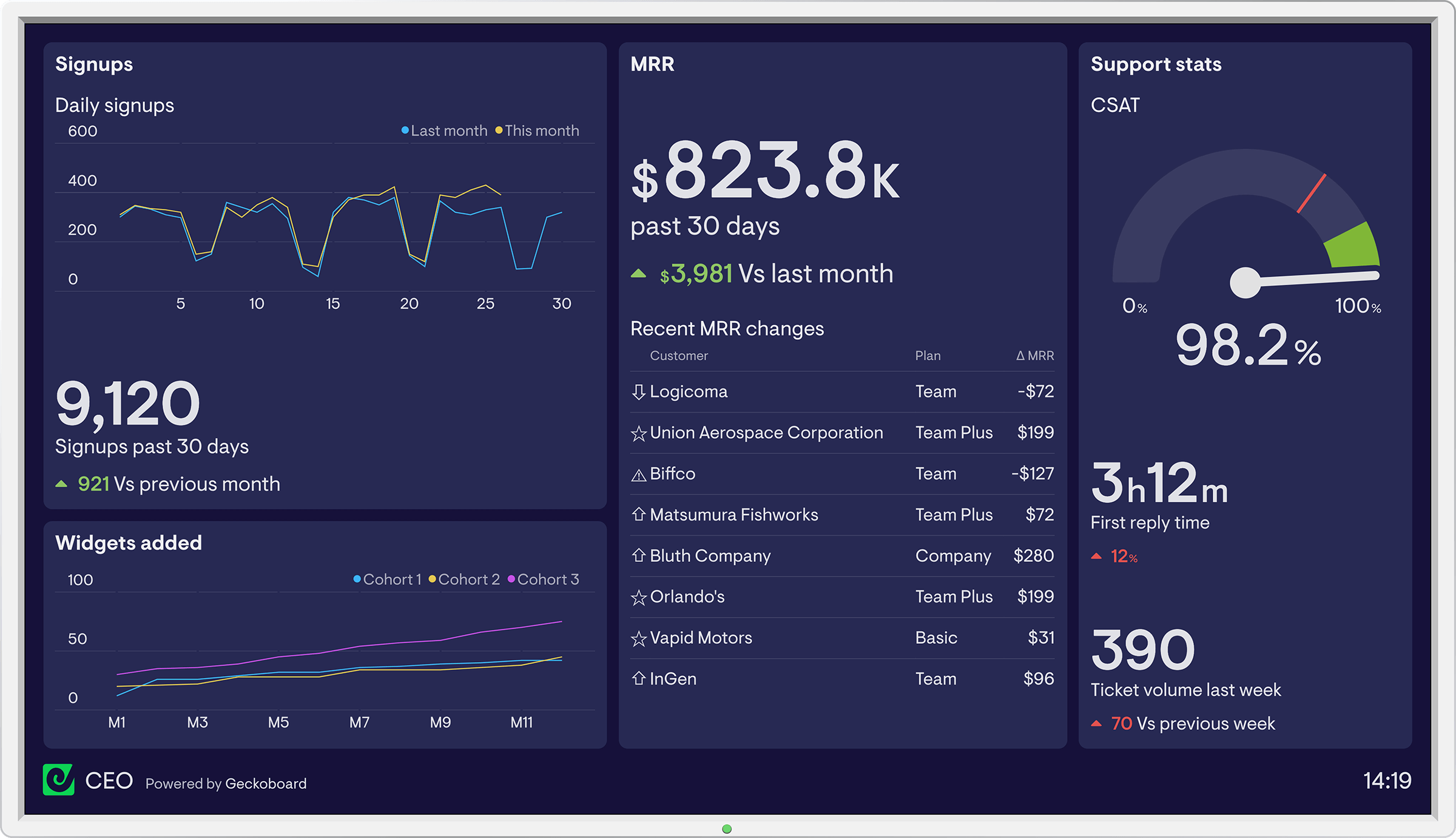The famous Astrophysicist Neil deGrasse Tyson once said, “the four most common chemically active elements in the universe—hydrogen, oxygen, carbon, and nitrogen—are the four most common elements of life on Earth.”
While his statement is empirically true, perhaps it is a little bit outdated.
In the digital age, data is such a common element of life on earth. So much of our life involves not just consuming large amounts of data, but also generating similar amounts of data. Enterprising entrepreneurs can turn this data into profit, but only if they know what to do with it.
This is why there is no shortage of tools available in the market that claim to help different stakeholders analyze this data. But how does one decide if a tool is a good fit for their requirements or not? The most logical starting point would be to go through the pros and cons.
This article will look at Crazy Egg, a feature-packed analytics tool. One of the main pros of this tool is that it is really easy to install and use. It’s simple UX and UI are a joy to use. Another advantage of this tool is that it offers features like heat mapping, A/B testing, and user session recordings. Some alternatives to Crazy Egg have not mastered these features yet.
We are yet to create a tool that has no cons, so it isn’t surprising that Crazy Egg has some cons too. Some users have felt that the lack of proper documentation can make this tool a little confusing at times. Other users have mentioned that the reports should be more detailed.
If you are having a tough time making up your mind about this tool, you can always go through a list of Crazy Egg alternatives put together by Startup Stash.






















